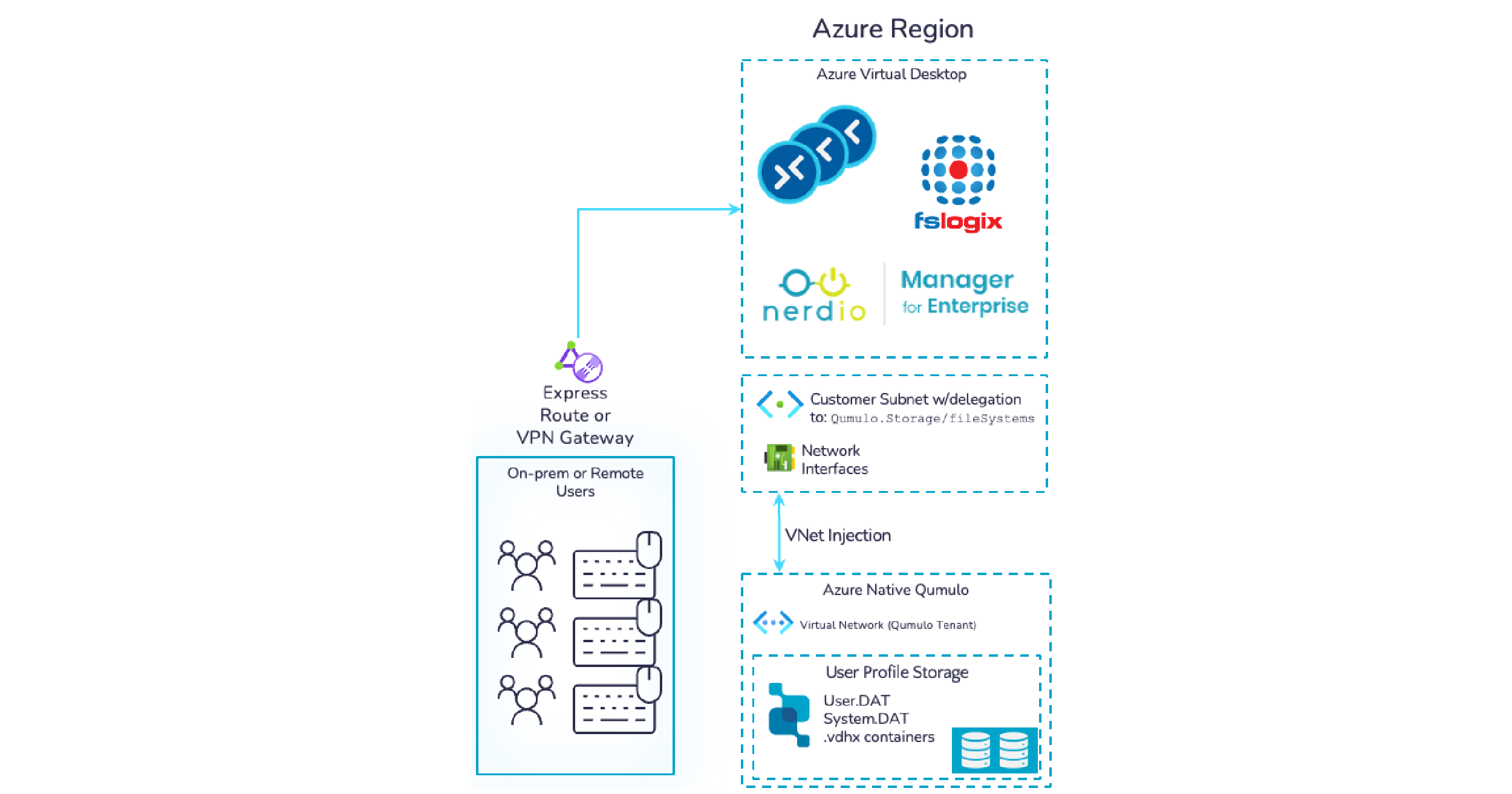The question is not what data do you have, it is what have you done with your data
It should come as no surprise that we humans are really great at creating data. We are also great at creating machines, tools, and software applications that create yet more data on their own. We are also good at storing this data. We store it in books and in printed materials, on devices and in data centers, on disks (and discs), tape, film… and in recent decades, in evermore cost-effective cloud object stores.
Data is everywhere. In a recent IDC study, data created by IoT devices alone is expected to grow to 79.4ZB of data in just five years from now. And that is an annual projection. 79.4ZB worth of data from just IoT devices, every year by 2025 and growing annually from there. Apparently, most of this data will be from video surveillance and web-connected cameras. The point is, it’s probably safe to say we create far, far more data than we know what to do with.
It’s probably also safe to say the answers we seek are in that data, waiting to be discovered. This could lead to the next breakthrough cure for currently untreatable diseases, or patterns that could unlock secrets to developing the most power-efficient processor cores and software that runs on them. Or, in the case of all that IoT data, evidence-based answers to unsolved crime mysteries—evidence that could implicate a suspect, and help free the wrongly-accused. It’s all in there.
But, as the axiom goes, what good is something if you can’t use it? Your data could be serving you better.
The promise of the cloud—and the path to get there
Indeed, there is an ever-growing set of native cloud services designed to apply the immense power of cloud computing to analyze and process your data. The challenge is pairing the data with the services that consume it.
Even in 2020, large volumes of data will be generated and stored outside of the cloud. Data will be created in private cloud, stored on-prem in massive storage clusters next to the servers running applications creating the data, but far from the cloud services that can help.
Historically, there have been two major ways to solve this problem—by transitioning the on-prem data center to the cloud (aka “lift and shift”), or by re-architecting key applications to run in the cloud, putting them adjacent to cloud services and freeing dependencies on underlying hardware. Suffice it to say, despite the allure, either approach can be impractical to an enterprise for a host of reasons, which puts us where we are today.
A new approach
Qumulo offers a new approach to solve this problem. We are best known for powering high-performance, active workloads with high-performance file data services in private and public clouds.
What if you could easily take your active data and effortlessly put that to work in AWS S3 directly from your Qumulo namespace—whether that namespace is running on-prem or as a cloud instance?
Qumulo Shift for Amazon S3
This week, Qumulo announced Qumulo Shift for Amazon S3 that does just that. Qumulo Shift for Amazon S3 is the easiest way to put your active file data to work with AWS cloud services. With Qumulo Shift for Amazon S3, you can put your file data on S3 directly from Qumulo in native S3 format for immediate consumption by AWS cloud services.
Transform, outperform, redefine the norm
With the ability to natively move your file data to AWS S3, you can transform the way your organization works just as easily as you can transform the data you pipe to AWS cloud services.
Consider a life sciences research institution. Perhaps this institution was first to fully map a newly discovered genetic sequence, or first to develop a simulation helpful in developing cures for a disease. This institution could take its active dataset stored on-prem in its data center and use Qumulo Shift for Amazon S3 to put this data on AWS S3. From there, the data can be easily shared globally with institutions worldwide to collaborate in the effort to find a cure.
The same could easily be true for a visual effects production studio that wants to take advantage of video transcoding services in the cloud, like AWS Elemental Media Convert.
Or perhaps a payments processor who wants to run AI on a data lake to find patterns useful in fraud detection, using AWS Sagemaker.
Let your data serve you better by putting it to work with native cloud services
Qumulo makes it possible to keep your data where it makes sense—running on a private or public cloud next to your applications. Either way, Qumulo Shift for Amazon S3 is the easiest way to put your file data on AWS S3 object store to take advantage of cloud native services.


